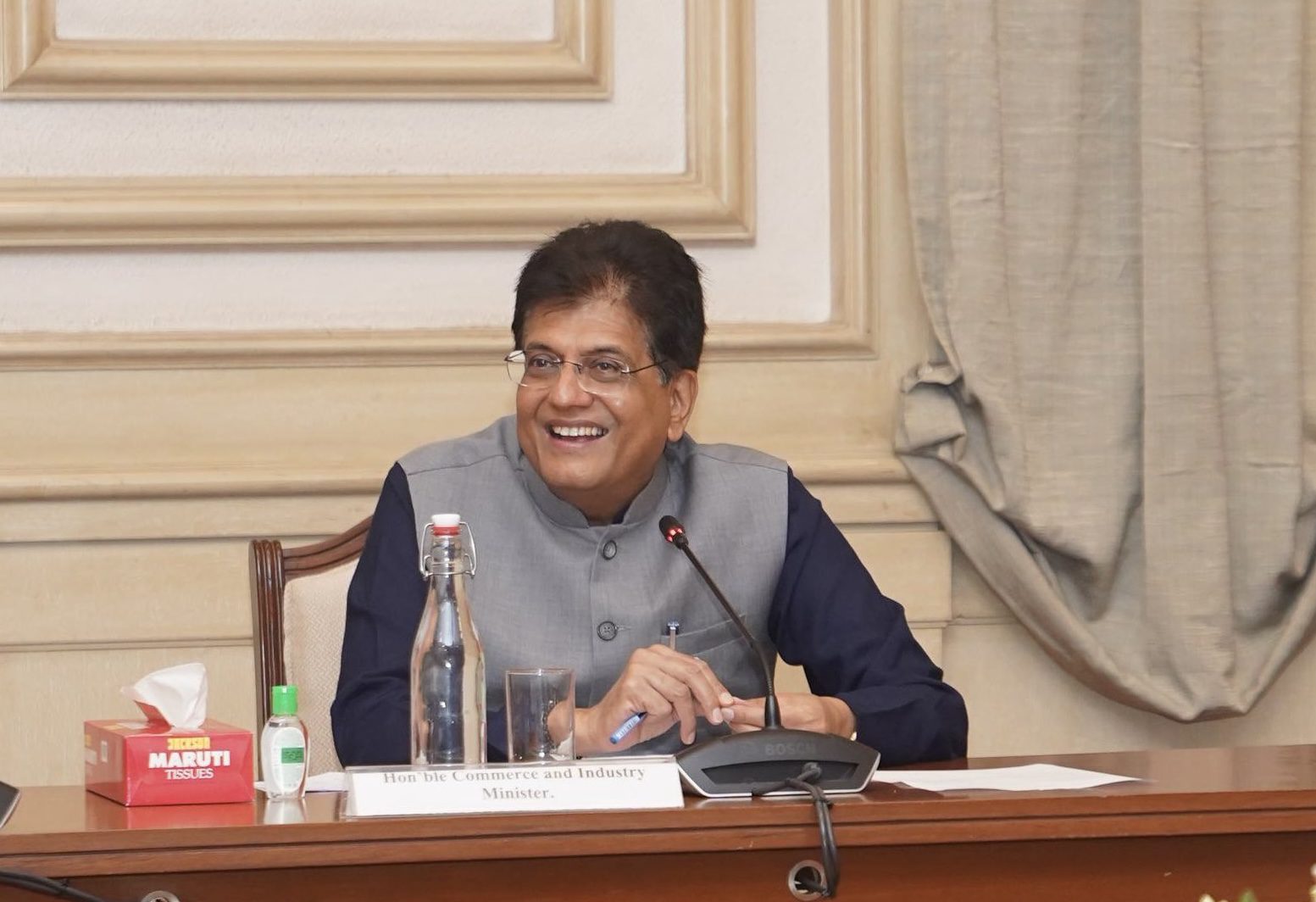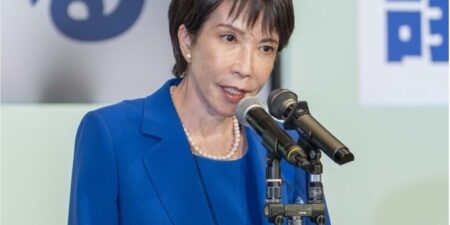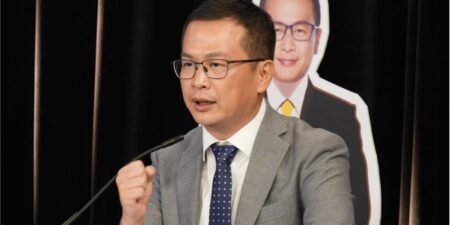
Trump Levies Additional 25 Percent Tariffs on India

Insights & News


Japan’s Sanae Takaichi Elected LDP President
The BGA Japan team, led by Managing Director Kiyoaki Aburaki, wrote an update to clients …

India’s Trade Diversification Gains Steam as EFTA Agreement Takes Effect
The BGA India team, led by Managing Director Anuj Gupta, wrote an update to clients …

Taiwan Faces Continued Stalemate in Fall 2025 Legislative Session
The BGA Taiwan team, led by Senior Adviser Rupert Hammond-Chambers, wrote an update to clients …
At BowerGroupAsia, we are committed to
delivering result-oriented solutions for our clients
We have proven track record of helping the world’s top companies seize opportunities and manage challenges across the dynamic Indo-Pacific region.




















